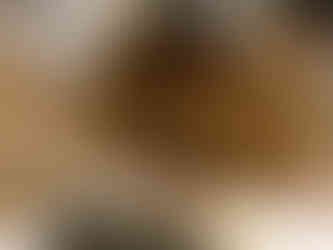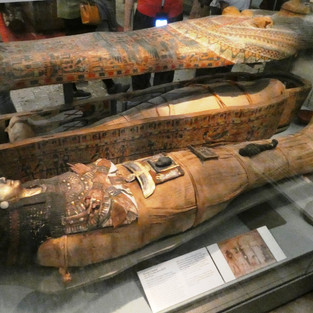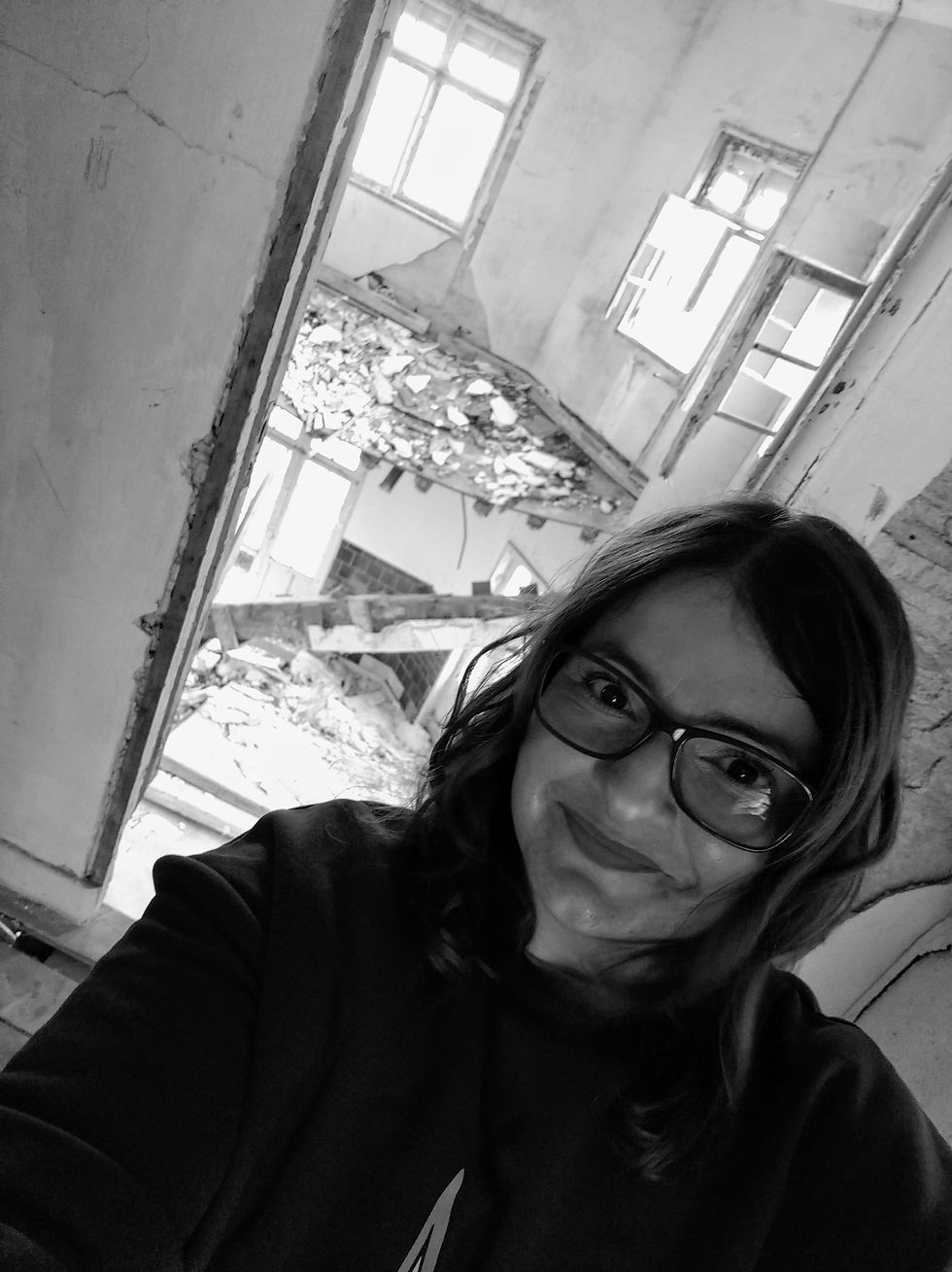5th day in London
- soniamelodias

- Jan 22, 2019
- 6 min read
September 11, 2018, our fifth and last day in London.
Our return flight was scheduled for the end of the day, so we still had several hours to enjoy in the city and visit the places that where included in the guide that I had prepared and that we hadn´t been able to go in the previous 4 days.
One of those places was Portobello Road Market witch is one of the most famous street fairs in the world. It is located on London's West Side, on Portobello Road, in the Notting Hill neighborhood.
Along the street there are shops of used articles, restaurants, stalls of trinkets, antique stores and thousands of tourists.
Here literally everything is sold, as you can see from the photos and there is no lack of imagination, when it comes to decorate shop windows.
It is a very picturesque place that is worth visiting and if you want to buy something, this is the place indicated, because the prices here are lower.
The best way to explore Notting Hill, a charming city area mainly recognized by Hugh Grant and Julia Roberts movie of the same name, is coming out in Notting Hill Gate station.
142 Portobello Road was used as the location to shoot William Thacker's Travel Book Co. in the film, but there has never been a bookstore here. It started out as Nicholls Antique Arcade, was turned into a furniture store called Gong, and, currently, is a gift shop. There is a sign in the Portobello Road building, which announces "The Travel Book Shop" (as you can see in the photos), which has remained in place since filming took place in 1998.
The fictional bookstore of the film was based on the Royal Travel Bookstore (13 Blenheim Crescent), which can be visited by going back on Portobello Road, past Elgin Crescent and turning left onto Blenheim Crescent.
The original Travel Bookstore was closed in 2011 but was reopened as the Notting Hill Bookstore.
If you´re heading to the British Museum, you should leave at The Tube station, Russell Square Station. And if you do, you will pass Russell Square.
It is a garden in Bloomsbury, located in the London borough of Camden, built predominantly by James Burton. It is close to the main buildings of the University of London and the British Museum. To the north lies Woburn Place, and southeast to Southampton Row.
Our last visit was the British Museum. This is of the great museums in the world. Both because of its size and because of its importance. In fact, this is one of the two must-see museums on the planet, the other is the Louvre, in Paris.
When founded, the British Museum was the first large public, free, secular and national museum in the world. And the second modern museum on the planet, after the Oxford Museum. It was a pioneer in museum methods, bringing relics of Universal History. In its permanent estate, it counts on Aztec masks, coins of the Hellenistic period, Egyptian and Greek sculptures, besides Rosetta Stone and parts of the Parthenon of Athens.
It was created in its initial phase from the collection of the doctor and antiquary Sir Hans Sloane (who died years before, in 1753) and from the collection of medieval manuscripts of the Earl of Oxford, Robert Harley.
Throughout the years, pieces and treasures from all over the world have been added, representing the known human history, from prehistory, Ancient Egypt, Hellenistic Civilization or the period of the Discoveries.
After visiting, I definitely would say this museum is one of the most relevant in the world. Visiting this museum is like taking a trip back in time and it is simply superb to observe how other civilizations lived and how we evolved through time.
The British Museum team highlights some objects in the museum's collection that they consider superlatives in the history of mankind. Unfortunately we couldn´t observe them all. One of the floors was closed for restorations and one of the pieces we just weren´t able to find it. But we had lots of fun, because we did not know what the pieces looked like, just their location, so it was a kind of treasure hunt. I recommend to those who visit to do the same, because it is very fun and didactic.
One of the objects we did not have the privilege of viewing was the Samurai Armor, because the floor was closed for restorations, and the other was the sculpture of The King of Ifé, which we searched incessantly, but we did not find:
Samurai Armor (Room 93, Upper Floor): this armor is very interesting because it shows how impressive the Japanese weapons and accessories were. It contains pieces from different periods in the history of Japan. The helmet, for example, made in the 17th century, kept the ancient tradition of presenting a mask whose purpose was to frighten the enemy.
The King of Ifé (Room 25, Lower Floor): this bronze sculpture was found in Nigeria in 1938. It is believed to have the features of a person of power, perhaps a King. This is an example of the great works of art in Africa.
Here are the objects that the Museum team highlights and we were able to visualize:
Rosetta Stone (Ground Floor, Room 4): the Rosetta Stone is considered the key to deciphering Egyptian hieroglyphs, as it contains a decree in three different forms, hieroglyphs, demotic (Egyptian variation) and ancient Greek; it was discovered by Napoleon's soldiers near the town of El-Rashid (Rosetta); with the defeat of Napoleon by the British forces, under the terms of the Treaty of Alexandria, the Rosetta Stone passed to the guard of the British Empire; the Rosetta Stone resides in the British Museum since 1802, and was withdrawn only once, during the Nazi bombings of the Second War, to be protected underground in a station in Holborn.
Assyrian Lion Hunting Reliefs (Ground Floor, Room 10a): in ancient Assyria, lion hunting was considered the sport of Kings, symbol of the royal duty to protect its people. The carved reliefs depicted here depict the activities of the late Assyrian King, Ashurbanipal (668-631 BC).
Sculptures of the Parthenon (Room 18, Ground Floor): the Parthenon was built in the 5th century BC as a temple in honor of the goddess Athena. The use of white marble and the monumental architecture of the temple demonstrated the Greek power at the height of his empire. Here you can see the sculptures that decorated the outside of the building. They have been in the British Museum since 1816, after the British ambassador to the Ottoman Empire, Lord Elgin, brought them to London.
Observing something like this makes us reflect how a being able to create something so extraordinarily beautiful and immaculate is simultaneously capable of absurdly cruel acts, endowed with exquisite wickedness and traits of psychopathy. Human being is really hard to understand...
Leaving the Ground Floor and after conveniently observing the Great Court, which is magnificent, we went to the Upper Floor to continue the visit and the search for the other most relevant pieces according to the British Museum team:
Lewis Chess Pieces (Room 40, Upper Floor): representing Kings and Queens seated, mounted knights and bishops, these beautiful chess pieces were made of walrus ivory and whale teeth. The date of its creation, probably in Norway, is estimated at 1150-1200 AD. They were found on the Isle of Lewis in Scotland in 1831. Of the 93 pieces that exist today, 11 are in Edinburgh at the National Museum of Scotland, and 82, in the British Museum.
It is said that the Lewis Chess Game served as inspiration for Wizard Chess, the invention of writer J.K Rowling, in the Harry Potter books.
Oxus Reservoir (Room 52, Upper Floor): the collection consists of approximately 180 gold and silver objects and is the largest metal items show of that period, probably the largest surviving collection of the Achaemenid Empire, also known as the First Persian Empire.
These pieces date from the 5th century BC. One of the most important objects is a four-horse drawn carriage, owner of a wealth of details seen only during the Renaissance, more than a thousand years later.
Royal Game of Ur (Room 56, Upper Floor): this was one of the most popular games in the ancient world. The board has 20 squares made of shell, with different designs. Two players competed to take their pieces from side to side, according to certain combinations of data and drawing results. This piece was found by Leonard Woolley at the Royal Cemetery of Ur, the city-state of Mesopotamia, now Iraq. in the 1920s. What really puzzles us is knowing that the piece dates from 2600 BC to 2400 BC.
Katebet's Mummy (Room 63, Upper Floor): this mummy is from a woman who sang to Amun, the King of the Gods, during rituals in temples. The paintings feature her with a large wig and white earrings. Her crossed hands have rings of truth. The piece was purchased from Henry Salta's collection in 1835. What is relevant in this particular item is precisely its state of preservation, which sets it apart from the other mummies of the British Museum - doesn´t present any harm to an embalmed body from 1,250 BC.
Charing Cross is a station at The Tube, which is close to: National Gallery, National Portrait Gallery, St Martin-in-the-Fields, ... and has entry into Trafalgar Square.
At this station there is a 100-meter-long mural along the platforms of the north line, which was designed by David Gentleman and shows scenes of the construction of the original Charing Cross, memorial of Eleanor of Castile, the wife of Edward I.














































































































































































































i loved